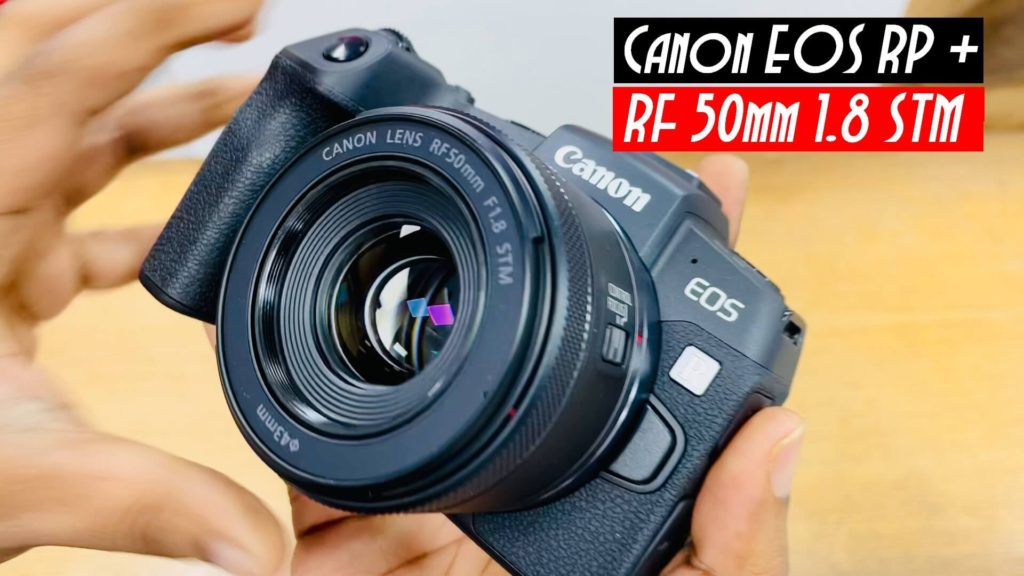Canon EOS RP is impressively small, despite having a large full-frame sensor, the Canon EOS RP offers flexible imaging capabilities along with a portable form factor. Featuring a high-resolution 26.2MP full-frame CMOS sensor along with a DIGIC 8 image processor, both stills and UHD 4K video can be recorded using a broad sensitivity range, from ISO 100-40000, to suit working in a variety of lighting conditions. Continuous shooting is also supported at up to 5 fps for photographing moving subjects. The sensor also facilitates an advanced Dual Pixel CMOS AF system, with 4779 selectable on-sensor phase-detection points for quickly and accurately acquiring focus during stills and video operation.
Key Features:
26.2MP Full-Frame CMOS Sensor
0.05 secs focusing time
4,779 selectable focus positions
EV -5 focusing limit
Eye Detection AF (One Shot & Servo AF)
Focus Bracketing
Dual Sensing IS and Combination IS
Processor Type :DIGIC 8
Complementing the sensor and processor, the RP also sports a 2.36m-dot OLED electronic viewfinder along with a rear 3.0″ 1.04m-dot vari-angle touchscreen LCD monitor for easier viewing from high and low angles. Additionally, Wi-Fi and Bluetooth allow for wireless remote camera control along with direct image sharing to linked mobile devices.
26.2MP Full-Frame CMOS Sensor and DIGIC 8 Image Processor
A large 26.2MP full-frame CMOS sensor is featured and serves as an ideal balance between high-resolution output, low-light performance, and high-speed capabilities. When paired with the DIGIC 8 image processor, the EOS RP has a wide native sensitivity range from ISO 100-40000 for working in a variety of lighting conditions. Additionally, continuous shooting up to 5 fps is possible for working with moving subjects.
Dual Pixel CMOS AF
Dual Pixel CMOS AF offers smooth and fast focusing performance in a similar manner to how a camcorder acquires focus. This system integrates two separate photodiodes within each pixel to provide a broad and dense network phase-detection gathering elements across a majority of the image sensor to reduce focus hunting for faster, more direct control of focus placement.
If you liked this article, then please subscribe to our YouTube Channel for Technology related videos. You can also follow us on Instagram, Twitter and Facebook.

